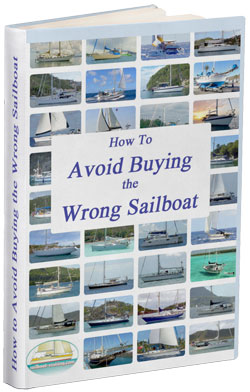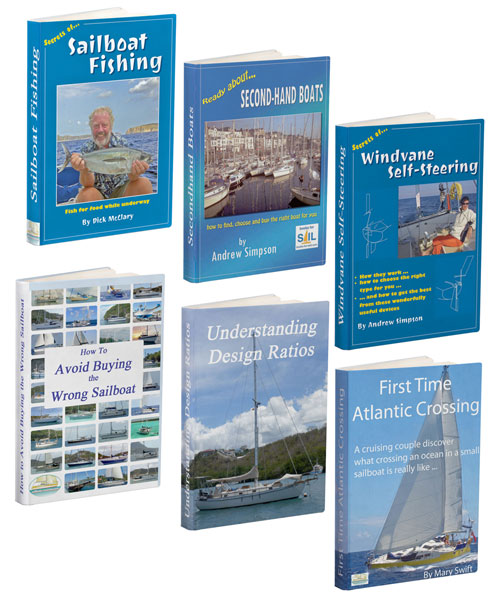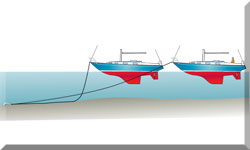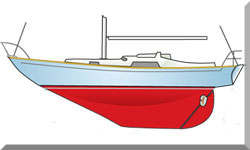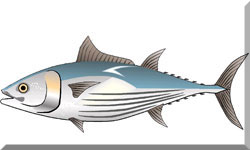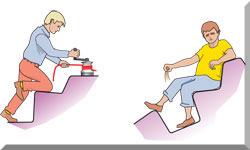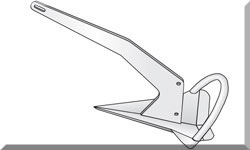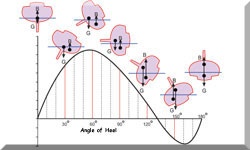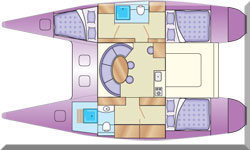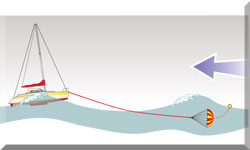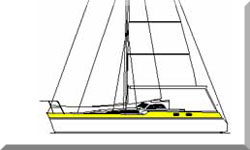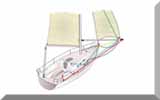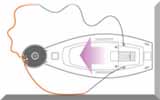- Home
- Cruiser Yachts under 30'
- Twister 28
The Twister 28 Sailboat
Specs & Key Performance Indicators
The Twister 28, a long-keeled sloop, was designed by Kim Holman and built in the UK by Tyler Boat Co Ltd and Uphams Ltd.
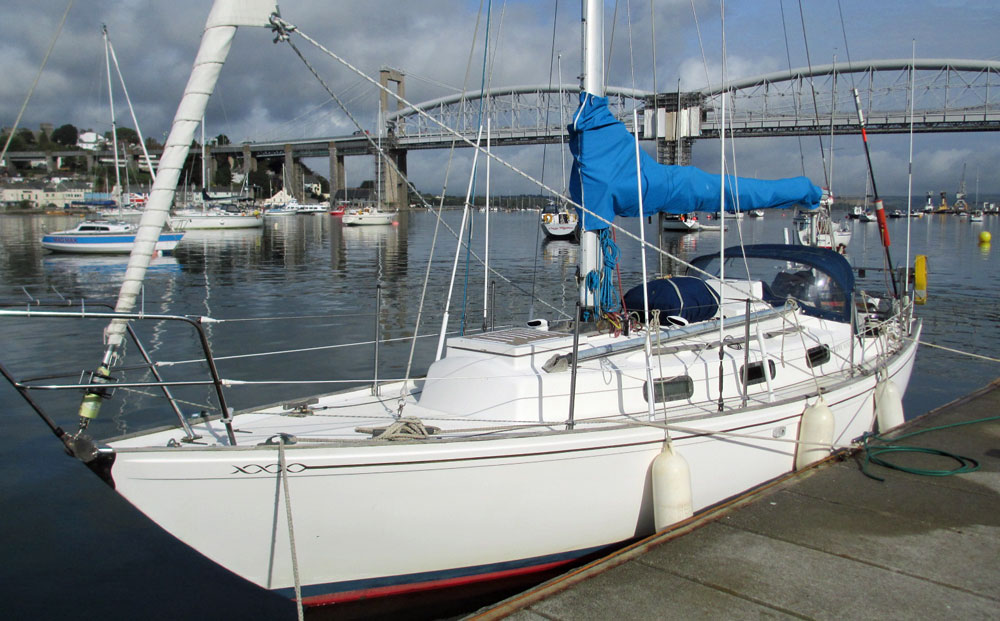 A Twister 28 moored alongside the Tamar River Sailing Club in Plymouth UK, with Isambard Kingdom Brunel's famous railway bridge in the background.
A Twister 28 moored alongside the Tamar River Sailing Club in Plymouth UK, with Isambard Kingdom Brunel's famous railway bridge in the background.Published Specification for the Twister 28
Underwater Configuration: Long keel with transom-hung rudder
Hull Material: GRP (Fiberglass)
Length Overall: 28' 3" / 8.6m
Waterline Length: 21' 6" / 6.6m
Beam: 8' 1" / 2.5m
Draft: 5' 0" / 1.5m
Rig Type: Masthead sloop
Displacement: 9,968lb / 4,521kg
Designer: Kim Holman
Builder: Uphams (UK) and Tyler (UK)
Year First Built: 1964
Year Last Built: 1983
Number Built: 200
Owners Association: Twister Class Association
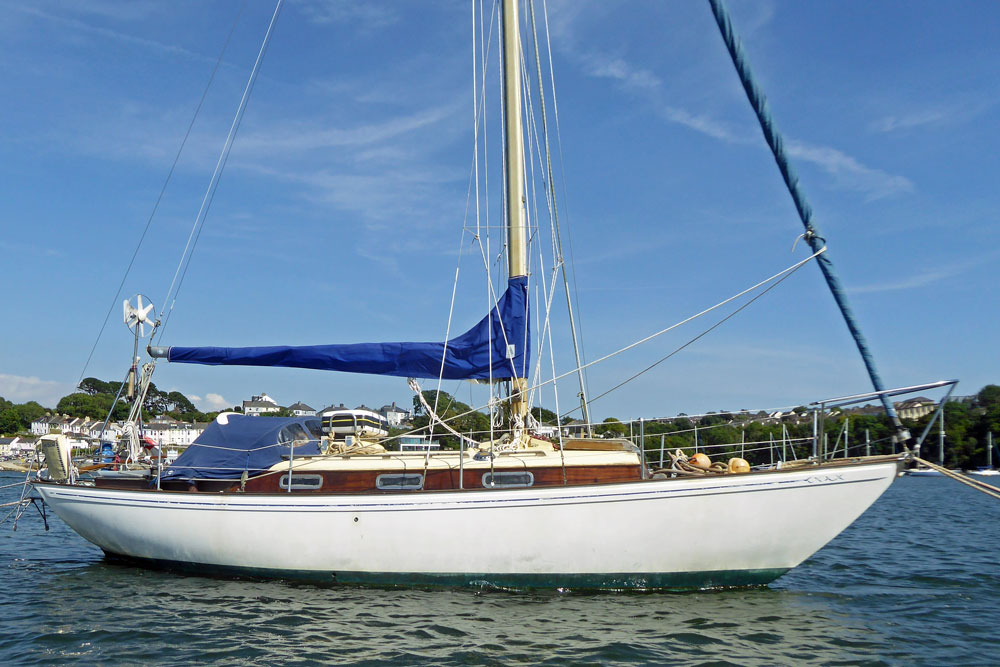 A wooden Twister 28
A wooden Twister 28Published Design Ratios for the Twister 28
1. Sail Area/Displacement Ratio: 12.1
2. Ballast/Displacement Ratio: 46.4
3. Displacement/Length Ratio: 448
4. Comfort Ratio: 40.5
5. Capsize Screening Formula: 1.5
Summary Analysis of the Design Ratios for the Twister 28
The designed ratios for a sailboat provide information about how the boat will behave in certain conditions.
- Sail Area/Displacement Ratio (SA/DR): The Twister 28 has a SA/DR of 12.1. This falls into the moderate cruising range and means that the Twister 28 is not designed for high-speed performance but rather the slower speeds of cruising.
- Ballast/Displacement Ratio (B/DR): A B/DR of 46.4 indicates that the Twister 28 has a good righting moment and thus exhibits solid stability. The heavier ballast means the boat can carry more sail, deal with heavier wind, but will also give up some speed in light wind and performance situations.
- Displacement/Length Ratio (D/LR): A D/LR of 448 is reflective of a heavy displacement boat which, coupled with the low SA/DR, reiterates that the Twister 28 is designed for slow, comfortable cruising rather than speed.
- Comfort Ratio (CR): The CR of 40.5 is in the moderate range for the comfort ratio, a higher number is indicative of a boat likely to provide a smoother ride in rougher conditions and the Twister 28 falls into this category.
- Capsize Screening Formula (CSF): A CSF of 1.5 is lower than the 2.0 maximum recommended for offshore sailing, which implies good capsize resistance. The Twister 28 is less prone to capsize in bad weather, which makes it a very safe choice for offshore cruising.
Based on these ratios, the Twister 28 will perform well in rougher weather conditions and offshore cruising. Its strength lies in its comfort and stability at sea, not in speed or light wind performance.
The Builders
The Twister 28 was the brainchild of British yacht designer Kim Holman. Originally drawn in the 1960s, the early builds were crafted by Uphams of Brixham, a traditional and versatile wooden boat builder. They gained their reputation through the construction of wooden boats of all kinds, from commercial fishing vessels to racing yachts.
Later, the Twister 28 was also produced by several other boat builders, the most notable being the Tyler Boat Company, who made a fiberglass version alongside the original wooden incarnation. Both builders were credited for the boat’s success due to their high-quality construction methods.
However, Uphams of Brixham no longer exists as it closed its doors in the 1980s. The Tyler Boat Company also ceased operations, although the molds of the Twister 28 were believed to have been passed on to other builders for a period of time.
Despite the original builders no longer being in operation, the Twister 28's strong build and timeless design led to their continued popularity even decades after they were first built. Twister 28 boats are often found in used boat markets and are sought after due to their durability and performance.
The Twister 28: An Overview
The Twister 28 is a classic, long-keeled cruiser, originally designed by Kim Holman in the 1960s. It has a reputation for outstanding sea-keeping abilities, largely due to its traditional design featuring deep and narrow hull, solid construction, and heavy displacement.
The Twister 28 measures 28 feet in length, with a beam of just over 8 feet, and a draught of approximately 5 feet. It’s made predominantly of fibreglass although early versions were made from wood.
Affectionately described as "overbuilt", the structural robustness of the Twister 28 makes it an ideal choice for those planning extended voyages or ocean crossings. Despite its sturdy build, it is easily handled by a small crew or even single-handed.
This boat features a spacious cockpit and comfortable accommodation below deck, typically comprising of a forward cabin with two berths, a main cabin with additional berths, a small galley, and a head.
One iconic characteristic of the Twister 28 is its classic lines and distinctive shape, making it easily recognisable in any anchorage.
The Twister 28 is a highly sought-after sailing yacht for those seeking a mix of adventure, reliability, and classic elegance. Despite its age, it continues to hold its value well and is often coveted by sailing traditionalists.
.........................
I wrote this article using GPT-4, OpenAI’s large-scale language-generation model, as a research assistant to gather information, summarize research findings, and provide suggestions for the content and structure of the article.
Dick McClary, creator and owner of sailboat-cruising.com
.........................
Recent Articles
-
Hans Christian 43: Classic Bluewater Cruiser & Liveaboard Sailboat
Dec 10, 25 04:37 AM
Explore the Hans Christian 43: a legendary heavy-displacement, long-keel sailboat. Read our in-depth review of its specs, design ratios, and suitability for offshore cruising and living aboard. -
Planning Your Sailboat Liveaboard Lifestyle: An Ocean Sailor's Guide
Dec 06, 25 05:18 AM
Seasoned sailors share their methodical risk analysis for planning a secure Sailboat Liveaboard Lifestyle, covering financial, property, and relationship risks. -
Marine Cabin Heaters: The Expert’s Guide to Comfort & Safety at Sea
Dec 05, 25 06:52 AM
Choose the best Marine Cabin Heaters for your vessel. Expert advice on diesel, paraffin, and hot water systems for year-round cruising comfort.
